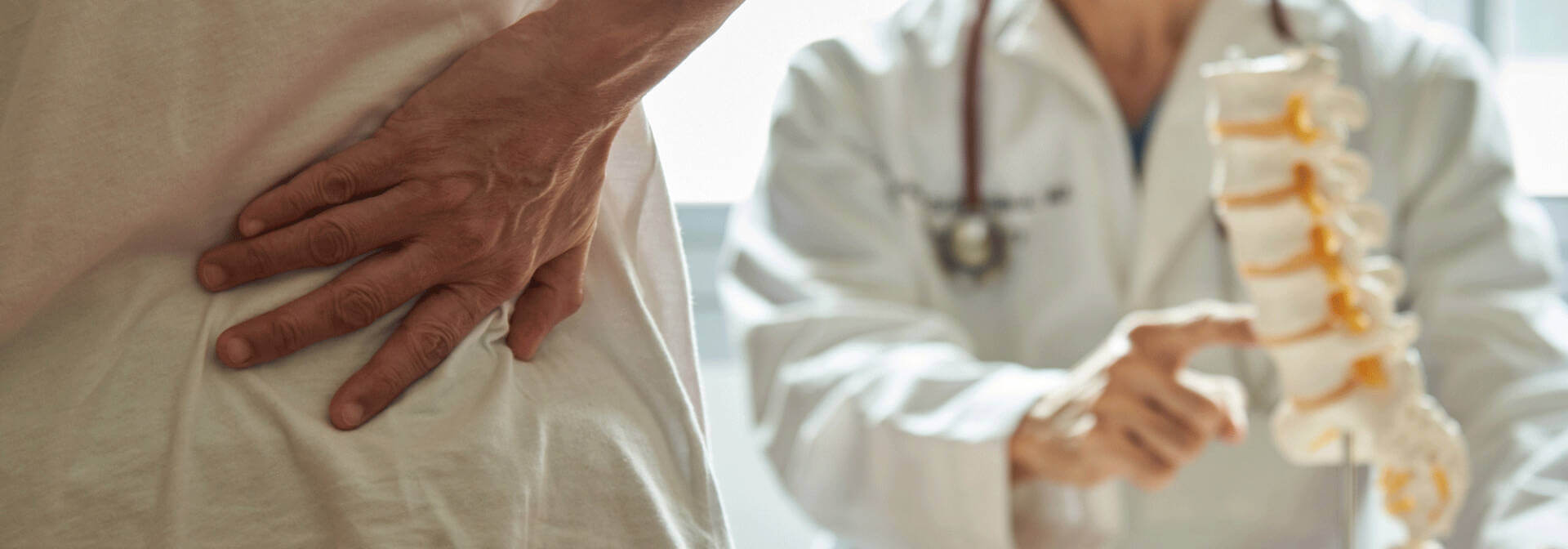Your spine includes a number of different muscles, nerves, vertebrae, discs, and tendons, all of which work both independently and together to help you move and function.
A problem in any one of these areas can lead to pain throughout your spine and lower body. Some of the most common sources of back pain include:
- Irritated large nerve roots
- Irritated smaller spinal nerves
- Disc herniation
- Disc degeneration
- Spinal stenosis
- Back muscle strains
- Facet joint dysfunction
- Sacroiliac joint dysfunction
- Ligament damage
- Spondylolisthesis
- Osteoarthritis
- Fractures
Neuropathy (nerve pain) can occur in cases of nerve impingement. For example, back pain that shoots down your leg, called sciatica, is a type of neuropathic pain.







